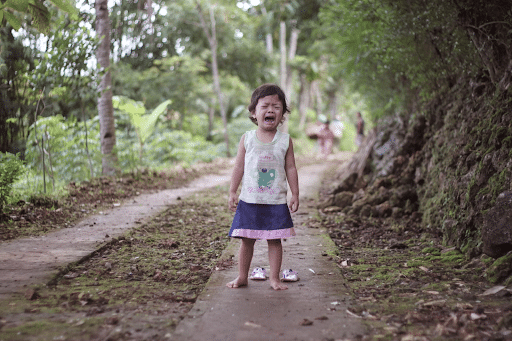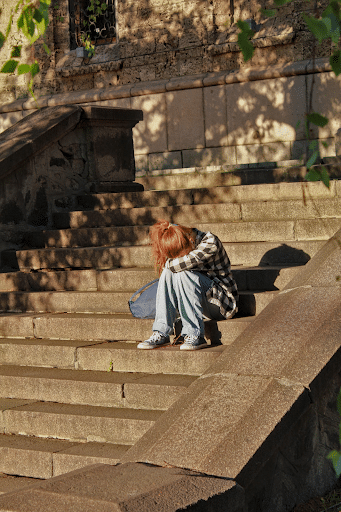Child abuse and neglect are heartbreaking realities that affect far too many children. As a pediatric pelvic floor therapist, you work closely with a vulnerable population, often encountering children who are at higher risk for trauma. This makes your role uniquely important—not just as a therapist but as an advocate and protector.

Prevalence Of Child Abuse And Neglect
Child abuse is alarmingly common, with far-reaching consequences. Studies reveal that 25% of adults report experiencing physical abuse during childhood. In the United States alone, Child Protective Services reports that 9 out of every 1,000 children are victims of maltreatment.
Many of the children you see in your practice come to you with more than physical challenges. Trauma, including abuse and neglect, can profoundly affect their overall well-being. Children who experience abuse may present with toileting regressions, developmental delays, or difficulty regulating emotions—all of which affect pelvic health concerns.
As a therapist, you might be the first to notice something is wrong. Maybe it’s a behavior that doesn’t quite add up, an injury that seems unusual, or a parent’s explanation that doesn’t match the child’s developmental abilities. These moments remind us of the critical role you play in spotting the signs and supporting children in need.

Risk Factors for Child Abuse And Neglect
Children are inherently vulnerable, but certain factors can increase their risk of abuse. Young age, special needs, or challenges like toilet training can make them more susceptible. As a therapist, you often see kids during these developmental stages, giving you a unique window into their lives.
It’s important to remember that trauma can look different in every child. Some may withdraw, while others act out. They might struggle with attention, display unusual behaviors, or regress in areas like toileting. These aren’t just challenges to address in therapy—they could be cries for help.

Red Flags
Children who experience abuse often exhibit both physical and behavioral signs. Physical red flags may include certain bruises, fractures, and burns in certain patterns.
Behavioral signs may include but aren’t limited to sudden changes in demeanor, unusual sexual knowledge or behaviors, or fear of specific individuals.
These signs are critical to learn to detect and observe, especially when paired with inconsistent or delayed explanations of injuries by caregivers.
Know Your Reporting Responsibilities: As mandatory reporters, pediatric health care providers are legally required to report suspected abuse or neglect. Familiarize yourself with local laws and protocols to ensure timely action.
How Child Abuse And Neglect Impacts Pediatric Pelvic Floor Therapists
Working with children who may have experienced trauma can take an emotional toll. Sometimes it’s difficult not to carry the weight of what you see and hear. You may feel overwhelmed by the responsibility of identifying abuse or unsure about when and how to act.
But being informed and prepared is paramount. Understanding the signs of abuse, knowing how to create a safe space for children, and being confident in your role as a mandatory reporter are essential parts of your practice. These tools don’t just help the children—they empower you as therapists to navigate these difficult situations with compassion and clarity.

To help you feel equipped for these challenges, I’ve designed a mini-course Pediatric Trauma-Informed Care, Child Abuse, and Youth Suicide. This course is designed to give you practical strategies and insights to use in your daily practice. Topics include:
- How trauma impacts pediatric health, especially for your pelvic floor patients.
- Recognizing signs and symptoms of trauma, abuse, and neglect.
- Communicating with children and families in a supportive way.
- Navigating the mandatory reporting process.
This isn’t just about adding knowledge—it’s about building confidence and resilience in your role as a therapist. I’m here to support you, so you can continue to provide the best care for the children who need it most.
Every child deserves to feel safe, and every therapist deserves to feel prepared. Let’s work together to make that a reality. Join my mini-course today and take the next step in making a difference.
